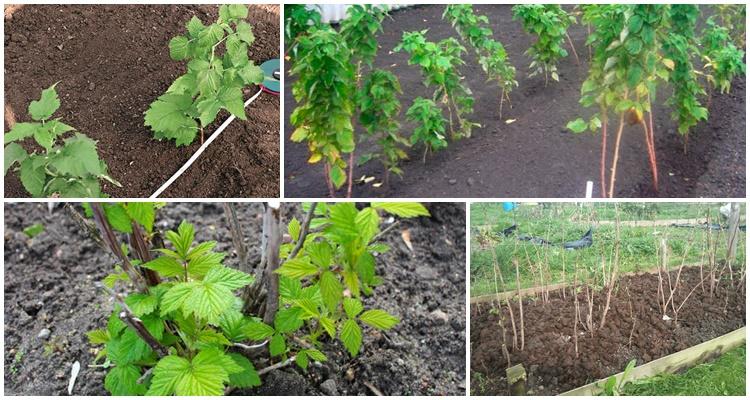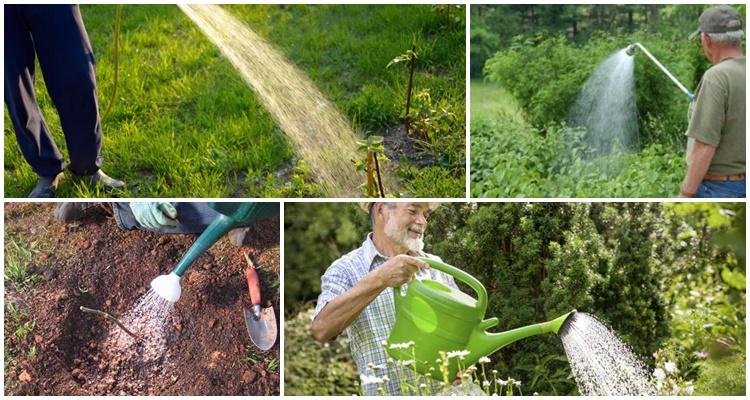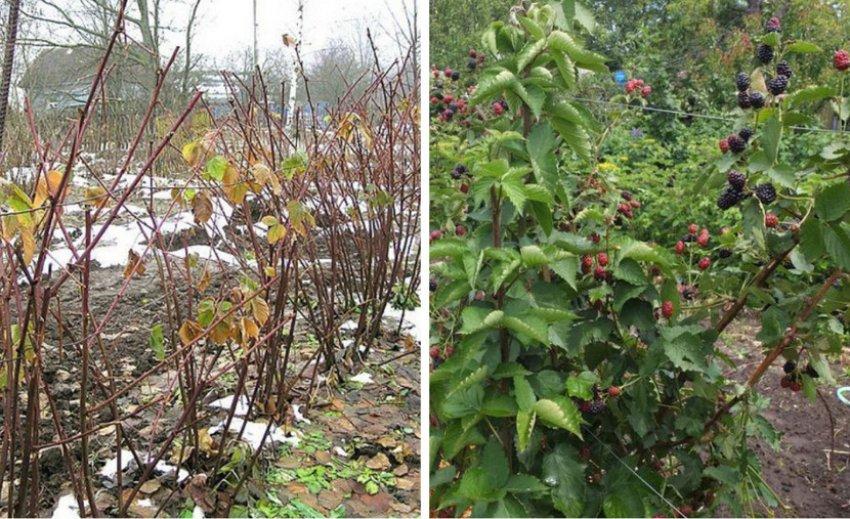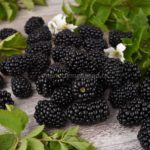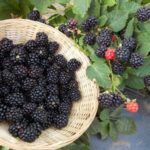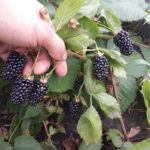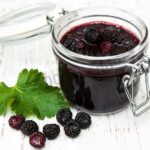Blackberries of the Ebony variety are considered a common thornless crop. It is easy to care for and easy to pick berries. In addition, the plant has excellent yield parameters and excellent taste of the fruit. In order for the culture to develop normally and not be subject to the development of pathologies, it must be properly cared for. At the same time, the bushes need to be watered, pruned and fed on time.
Brief characteristics and description of the variety
For this blackberry varieties Characterized by powerful bushes with erect shoots that reach a height of 1.8-2 meters. The crown is compact in size. Therefore, it is permissible to plant bushes quite densely.
The plant has powerful shoots that do not bend under the weight of the fruit. The leaves are medium in size and colored in a rich green shade. The ripening of berries begins early.
Pros and cons of Ebony blackberry
Rules for growing and care
For the cultivation of a crop to be successful, it needs to be provided with complete and high-quality care. Proper carrying out of planting work is of no small importance.
Where and how to plant
Blackberries require a lighted place, protected from the north wind. When planting in the shade, the yield parameters will greatly decrease. In addition, the berries will be small and sour. Before planting, it is worth preparing holes or trenches. The average size of the recesses should be 50 centimeters. It is recommended to fill each of them with compost or humus. It is also worth adding 2 handfuls of superphosphate and a glass of wood ash.
It is recommended to mix fertilizers with the soil and place the seedling on top, deepening its root collar by 2-3 centimeters.After planting is completed, it is worth pouring 5-7 liters of water under the bush. Then it is recommended to cover the soil with a mulch layer. It may consist of peat, straw or leaves.
Watering and fertilizing
Blackberries are considered a moisture-loving crop. However, it does not tolerate stagnant moisture. The root system of the plant is on the surface. Therefore, it is important to avoid waterlogging of the soil. It is recommended to water the bushes during flowering and fruit formation. This also needs to be done in dry and hot weather.
The plant needs annual fertilization. In spring it is recommended to apply nitrogen preparations. This promotes green growth. An infusion of mullein or chicken droppings is suitable for feeding. It is also permissible to use urea. During flowering, blackberries require complex fertilizers and ash. At the end of summer or autumn it is worth adding potassium and phosphorus preparations.
Pruning and wintering
The algorithm for pruning the plant is no different from other blackberry varieties. It is important to take into account that this crop produces a harvest only on two-year-old shoots. Therefore, you cannot thoughtlessly delete branches. It is worth pruning only those shoots that have already bear fruit. The same is done with dry and damaged plant fragments.
Every year, blackberries require formative pruning. In this case, it is recommended to shorten strong lashes with a height of more than 2 meters. This makes harvesting easier. It is also worth removing weak shoots. For normal ripening of blackberries, 8-9 branches are enough.
The Ebony variety is considered a covering variety. Before the arrival of winter, it is recommended to bend straight shoots to the ground. This is done gradually so that the branches do not break. Usually the bushes are insulated with agrofibre, and in winter they are covered with snow.
Treatment against diseases and pests
To prevent pathologies, it is important to practice sparse planting. Timely pruning is of no small importance. All old branches must be burned. If parasites were noticed last season, with the arrival of spring the bushes are treated with Fitoverm. This should be done before the buds open.
For mole crickets, it is permissible to use crushed eggshells. It is recommended to add it to recesses for planting. To repel cockchafers, it is worth planting mustard between the rows. For raspberry sawfly, bushes are treated with Karbofos or Fufanon. This needs to be done in the spring.
Plant propagation methods
It is recommended to propagate blackberries by root shoots or cuttings. You can also root the tops of the stems. To do this, the shoot should be placed on the ground and secured. Sprinkle with soil at a distance of 20 centimeters from the top. Gradually, roots will appear in this area. At this stage, the shoot can be separated from the main bush and planted in a permanent place.
Harvesting and storage rules for blackberries
It is recommended to pick blackberries as the fruits ripen. Full ripeness can be determined by the dried sepals. The fruits should be picked by hand and separated from the stalks. It is recommended to put the harvest in a small container. It is important that the berries are dry.
After harvesting, it is recommended to place blackberries in a cool place. In the refrigerator it can remain fresh for 3-4 days. At a temperature of 0 degrees this period increases to 3 weeks. To preserve blackberries for a longer period, they should be dried or frozen.
Fruits that need to be transported are picked at the stage of technical maturity. You cannot pour the collected berries over. They quickly become deformed and deteriorate.
Ebony blackberries are considered a popular garden crop.This plant produces an excellent harvest and has excellent taste. In order for the bushes to develop normally and have strong immunity, they need to be properly cared for.




